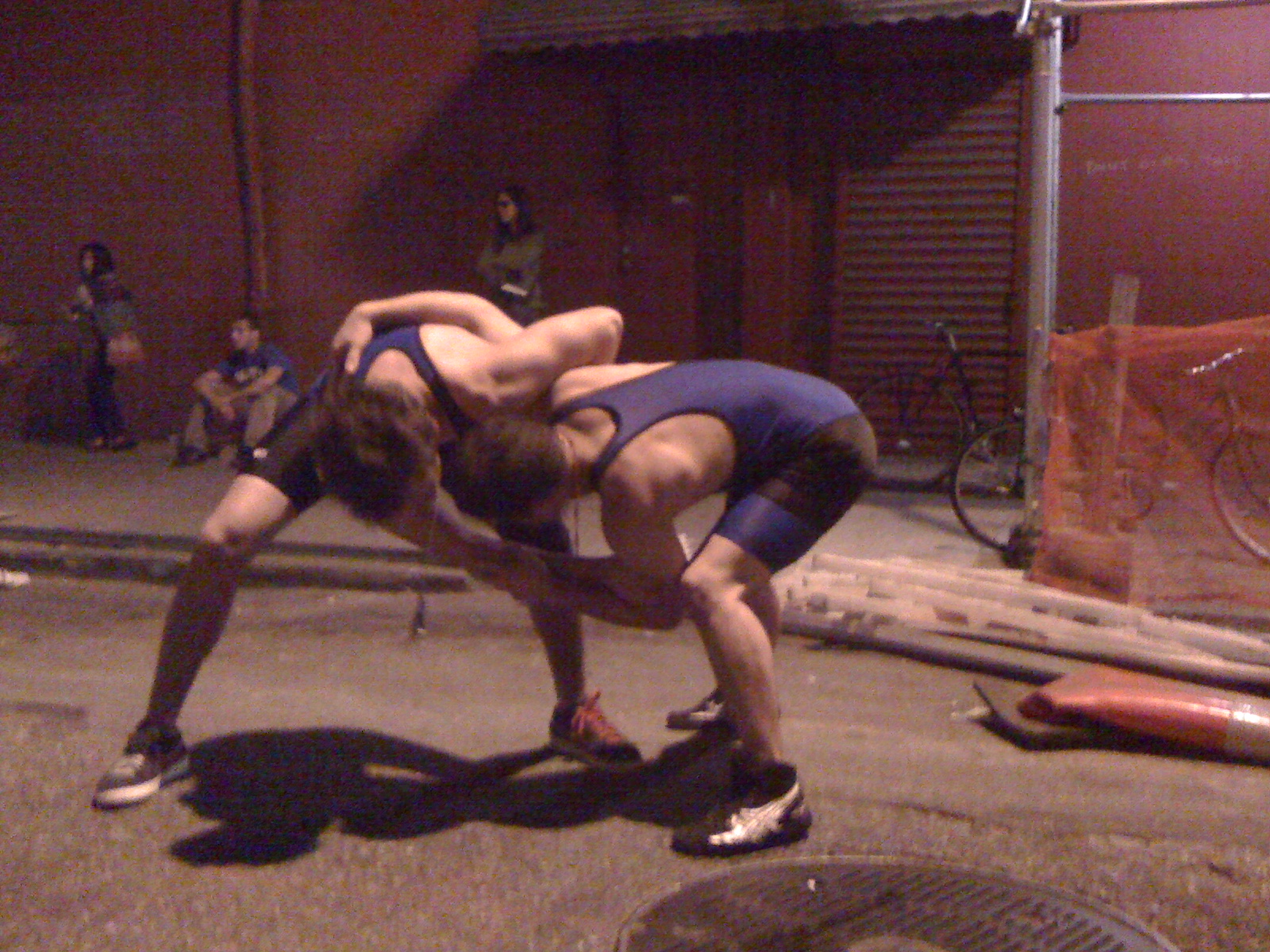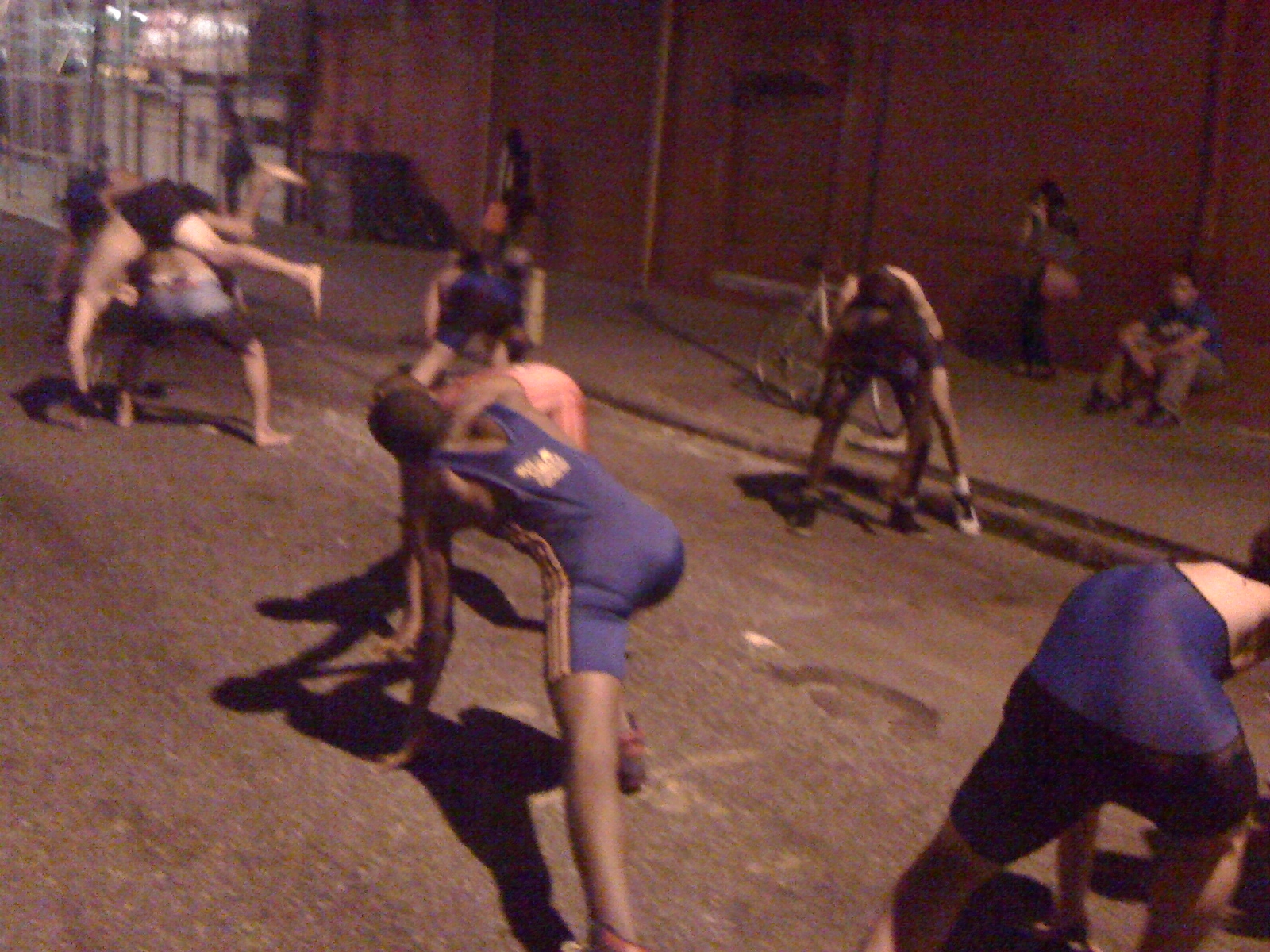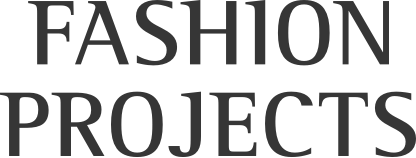 Wrestlers' Performance in conjunction with Fashion Night Out at Project 8. Photo CK.
Wrestlers' Performance in conjunction with Fashion Night Out at Project 8. Photo CK.
It has been interesting to notice how far fashion and the fashion week/show phenomenon has seeped into popular culture and public awareness. Fashion Night Out and the public show at the Lincoln Center seem to have aided the frenzied attention. Sometimes, the interest in the phenomenon is such that the spectacle is greater than the work on show, as commented by fashion critics such as Cathy Horyn in the New York Times. Hopefully, in the end all the frenzy will aid the awareness of fashion as an important socio-cultural phenomenon which mediates contemporary cultural anxieties and aspirations, in part specifically because of how central fashion is to the progressive spectacularizationof contemporary society.
As fashion theorist Caroline Evans writes: “In periods in which ideas about the self seem to be unstable, or rapidly shifting, fashion itself can shift to centre stage and play a leading role in constructing images and meaning , as well as articulating anxieties and ideals.” Evans, Fashion at the Edge, London: Yale University Press, 1993
My very favourite event/performance this fashion week was one at Project 8 in the Lower East Side. An ambiguous spectacle of male virility and physical bonding, it showed young wrestlers holding artfully choreographed wrestling poses. It seemed an ironic take on the choreographed and synchronized female dancers, such as the Tiller Girls, which Siegfried Kracauer placed at the center of the spectacle of modernity, or perhaps more simply an ironic reference to the fashion show as a carefully choreographed spectacle of bodies in space.
Francesca
 Wrestlers' Performance in conjunction with Fashion Night Out at Project 8. Photo CK.
Wrestlers' Performance in conjunction with Fashion Night Out at Project 8. Photo CK.














